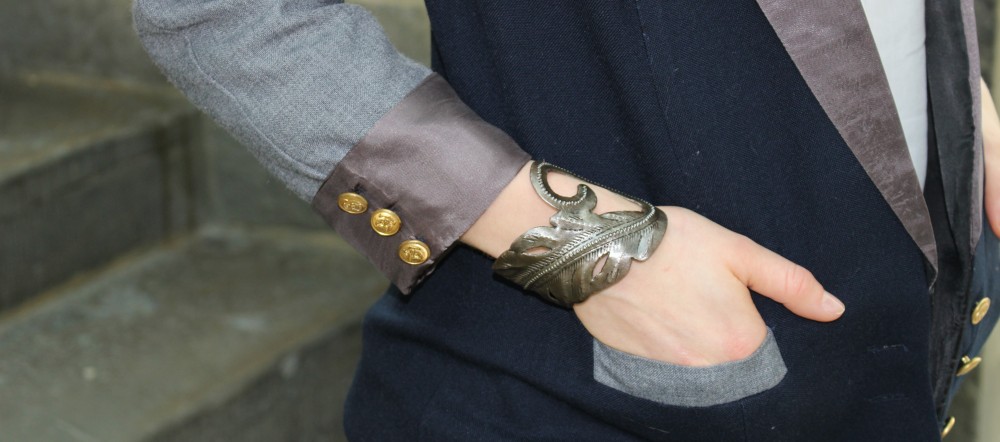Clean energy should be huge here. There is so much potential in Haiti, yet it is thwarted by many factors both within the country and abroad. Disposal of waste remains relatively non-existent. With the importation of virtually all products there is a plethora of packaging disposed on the side of the road. There seems to be no recycling plant as of the moment, but on a positive note, as we zipped along in our ride we saw recycling plant in the making.
Lets brainstorm what may be the obvious, but yet what remains the kind of conversations we’d like to be part of in Port-au-Prince. Up-cycling waste into new goods is becoming more common in Toronto. Why couldn’t the same be seen in Port-au-Prince where there is a skilled workforce that given the production resources could be very innovative. Clean energy is another area that could be developed here. Port-au-Prince is under reconstruction and arguably in the best position to lead in some of the most innovative urban re- structuring, it is a matter of the foreign community working with the elected government and plentiful NGOs to make it happen.
At one point Haiti not only produced for themselves but also exported large quantities of cotton, rice, cocoa and coffee. They farmed with their own pigs. In the past few decades foreign interference from the agriculture sector right to the clothing sector has all but thwarted Haiti’s ability to be self-sufficient. Countries such as the US began exporting rice to Haiti at a cost lower than local rice, wiping out local farmers. Haitian pigs were killed to be replaced by American pigs. And the export business of second-hand clothing was not regulated by the Haitian government which has resulted in a decrease in the tailoring sector. It’s all Pepe all the time, as they say here in Port-au-Prince.
Should Port-au-Prince begin to diversify its economy to export some of the items it used to, or to reassess what new items it could supply for export it would not be “catching up” with foreign economies described as modern, but would be joining all the large cities that have suffered from the resent troubled world market. Large American cities like Detroit are currently re-inventing their economies since the downturn of the automotive industry. Yes, the legacy in Port-au-Prince has left drastic disadvantages in Port-au-Prince, however growing a healthy economy could be done in a mutually beneficial partnerships between cities.
There are a number of key reasons why Haiti’s re-construction has been slow. For one, the efficiency of complex import and export regulations (Local Buttons is learning all about these!). It is difficult too, to establish mutually beneficial partnerships when staying in Haiti is very expensive. So many of the NGO’s resources are allocated to lodging its representatives. We visited an NGO villa that was charging residents over $2000 a month. We fear too that the lodgings are foreign-owned. Every service requires payment from lodging to necessary rentals of drivers and vehicles. Again, very little of what is made from foreign residents is reinvested into the local economy. The expense of staying puts an artificial timeline on social and economic projects implemented in the reconstruction process which means many initiatives are left incomplete ( aside from the problem of the project model in the first place too often being unsustainable!)
As you might be able to tell, we could go on-and-on, but we won’t for fear of going on too many tangents! Or rather, we’ll just build up another entry…

